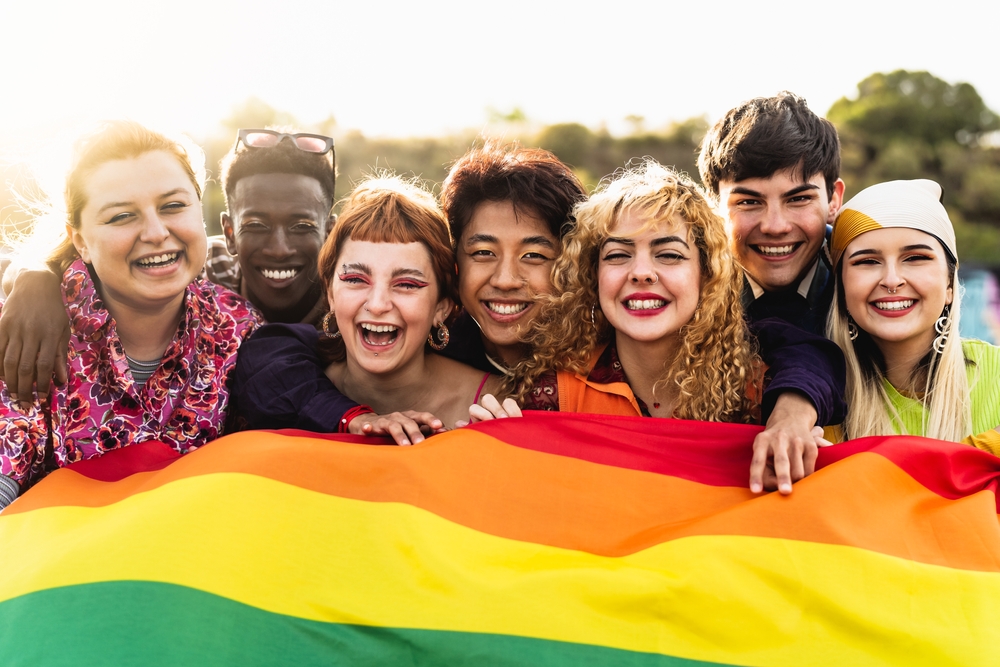(OPINION) New survey data from Brown University’s student newspaper provides further evidence that the increase in LGBT identification is driven by social pressures.
The latest data show that between 2010 and 2023, identification as LGBTQ+ has almost tripled among the student body at Brown (from 14% in 2010 saying they were not heterosexual to 38% now).
“The Herald’s Spring 2023 poll found that 38% of students do not identify as straight — over five times the national rate ,” The Brown Daily Herald reported . “Over the past decade, LGBTQ+ identification has increased across the nation, with especially sharp growth at Brown.”
Other sexual orientations have seen massive increases. “Since Fall 2010, Brown’s LGBTQ+ population has expanded considerably. The gay or lesbian population has increased by 26% and the percentage of students identifying as bisexual has increased by 232%,” the student newspaper reported.
“Students identifying as other sexual orientations within the LGBTQ+ community have increased by 793%.” The idea of LGBT identification as a social contagion is one that continues to draw criticism among academics.
For example, the head of an academic journal that published a paper that supported the theory of Rapid Onset Gender Dysphoria faced a cancellation attempt, along with the Northwestern University professor who wrote the paper.
Coincidentally, Dr. Lisa Littman, who popularized the idea of Rapid Onset Gender Dysphoria, once taught at Brown University before being forced out over the controversy.
Dr. Littman argued that some girls who identified as transgender were doing so due to peer pressure from within their social circles. The 38% identification tracks with research from the Center for the Study of Partisanship and Ideology, which found similar levels among elite colleges.
The researcher on that project, Eric Kaufmann, noted in comments to the College Fix that his research has found sexual behavior has not kept pace with the identification.
In other words, bisexual identification outstrips bisexual sexual activity. “If this was about people feeling able to come out, then we should have seen these two trends rise together,” he told the College Fix.
“What we find instead is that identity is rising much faster than behavior, indicating that people with occasional rather than sustained feelings of attraction to the opposite sex are increasingly identifying as LGBT.”










